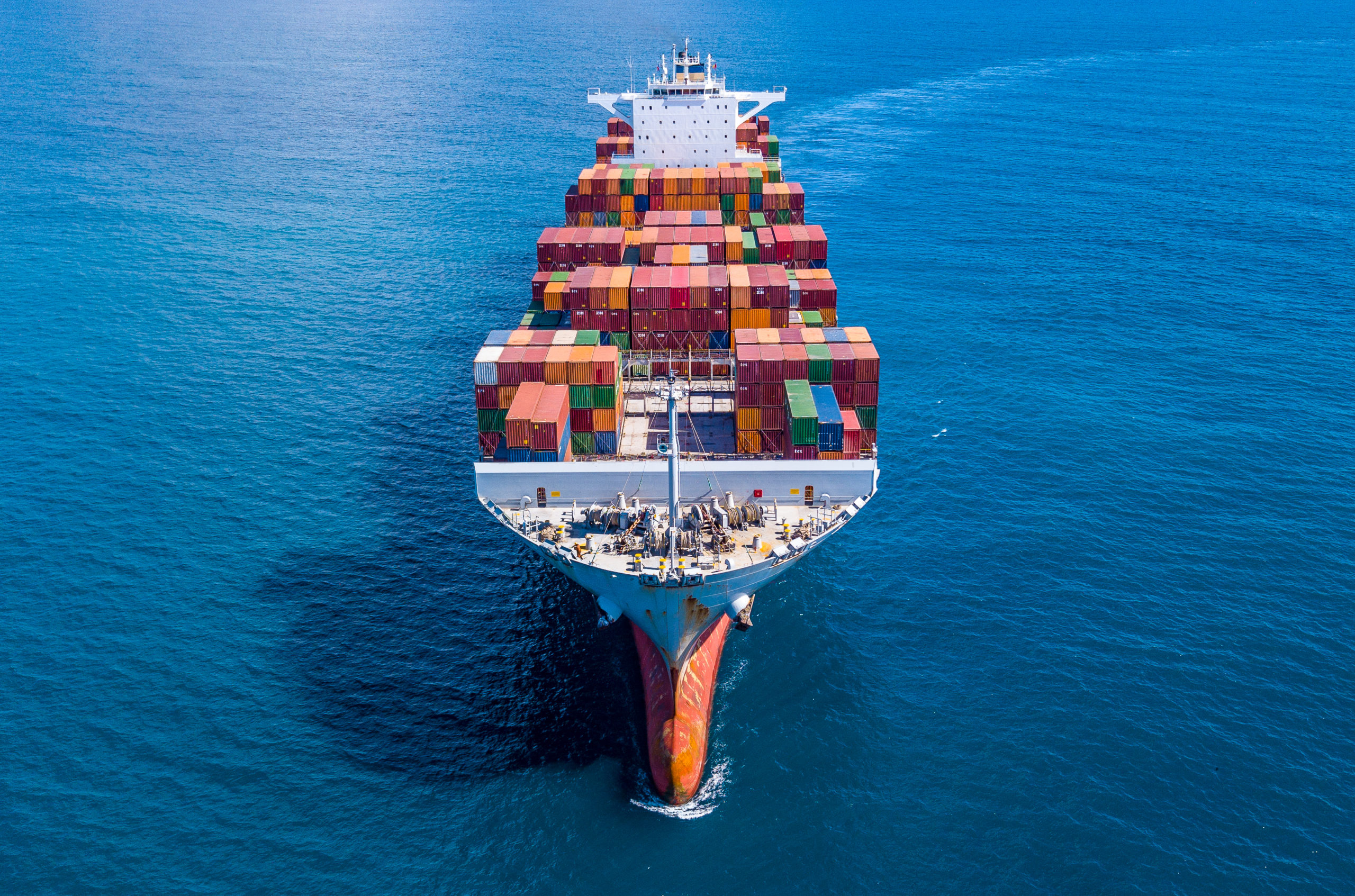 A record number of containerships are piling up waiting to enter California’s ports as COVID-19 disruptions and labor shortages continue to roil the supply chain, which is already stretched to the limit, ahead of the busy holiday shopping season.
A record number of containerships are piling up waiting to enter California’s ports as COVID-19 disruptions and labor shortages continue to roil the supply chain, which is already stretched to the limit, ahead of the busy holiday shopping season.
A total of 47 cargo ships are anchored or in a drift area waiting to enter the ports of Long Beach and Los Angeles, the Marine Exchange of Southern California, which operates Southern California’s Vessel Traffic Service, reported on Monday.
The number of vessels calling on the West Coast ports is currently 4.8 times higher than the pre-COVID level. Prior to the pandemic, port data showed an average of 16 containerships were at berth in Los Angeles or Long Beach on any given day, and vessels waiting at anchor for a berth was a rare occurrence.
Congestion triggered by the influx of cargos has diminished rail capacity, prolonged truck turn times, and increased dwell times for containers and truck chassis, causing additional delays and increased prices for shippers.
Severe equipment shortages have resulted in lengthy delays for recovery of import containers, which is likely to snowball into port demurrage, detention, and congestion fees, and has limited the options for empty returns. OCEANAIR and our partners are requesting exemptions and/or extensions for D&D charges wherever possible, but shippers should be advised that demurrage is almost unavoidable in most cases.
The importing woes come during one of the busiest months of the year as retailers try to stock up for the coming U.S. holidays and China’s Golden week. With the peak season just starting now, demand is unlikely to slow down in the build up to Black Friday. The import framework looks like it will have to handle even higher volumes next month as importers scramble to get their products to warehouses and store shelves in time for the holiday shopping season. The Port of Long Beach’s Wave report, which estimates future arrivals, predicts volumes will rise 34% in the coming weeks. The Port of Los Angeles’ planning tool, Signal, shows an even more extreme upward trend – with imports for the week September 12-18 projected to double this week’s import volumes.
As terminal berths continue to max out and more ships get stuck at anchor, carriers are likely to cancel sailings and roll cargo in order to avoid the costly delays at the ports. Importers should anticipate longer delays, less capacity, and increased rates.

